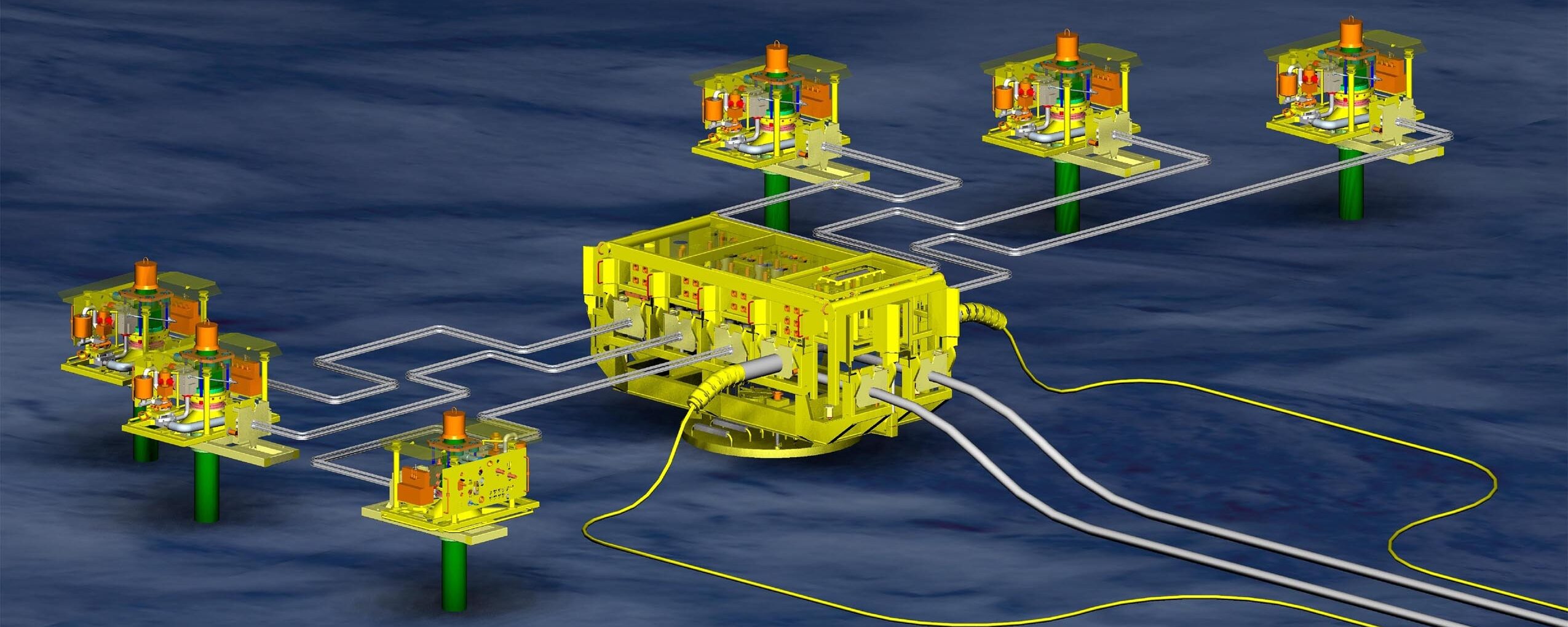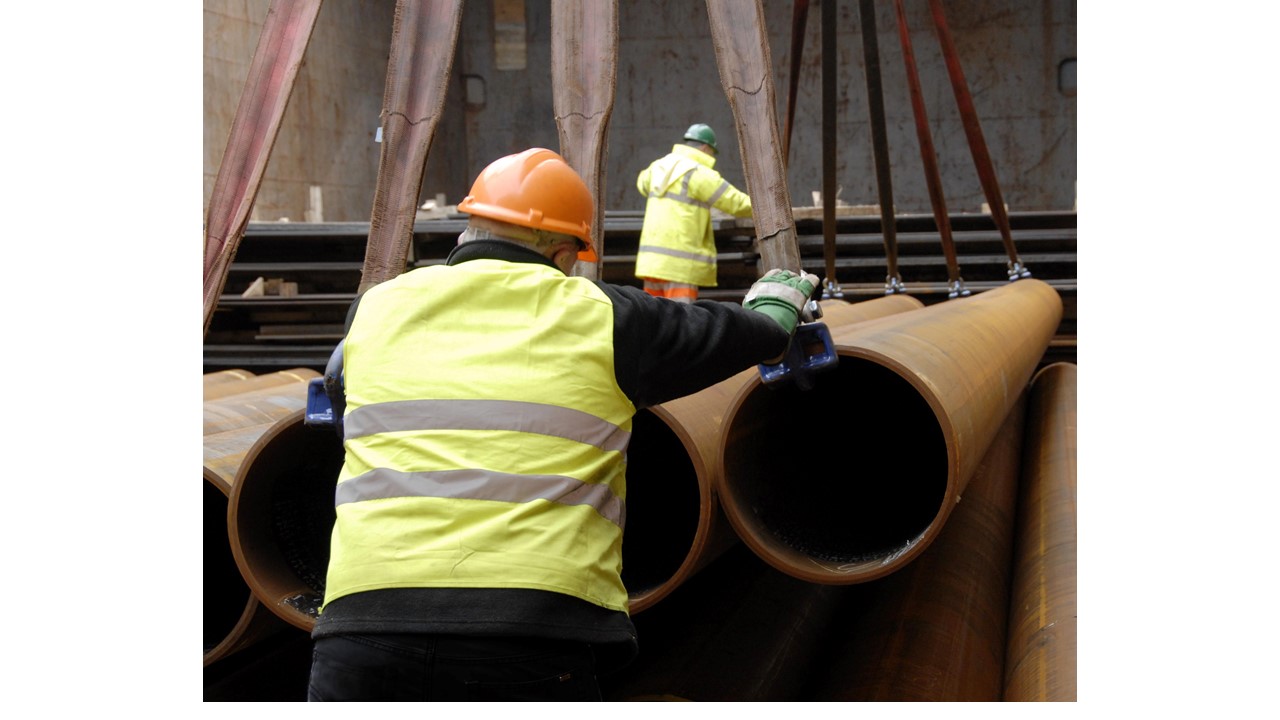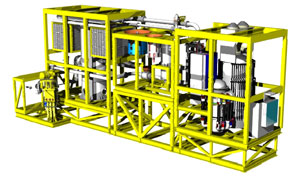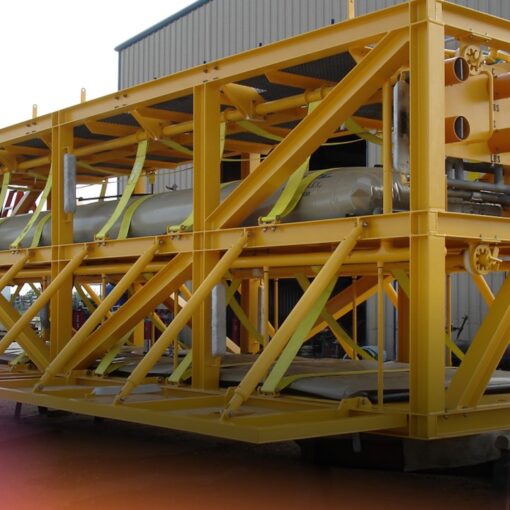Hello – I’m back – no, this is not an April Fool’s Day joke. I haven’t ever really been away, but when one’s former organ is now in someone else’s hand, it becomes a bit difficult to maintain the same profile.
A long-time reader of the missives from my previous existence told me last week that I should write a blog. I realised that it was a good idea – being restricted to the 140 characters in Twitter does put a serious limitation on how much you can say. And no one ever accused me of not having an opinion.
So it is time to spread my wings again. I’m not going to attempt to report on even a fraction of what is going on in the subsea world, but I intend to comment on key items of interest – important projects, new technology, business deals, energy policy and the general energy scene.
And let me hear from you – I don’t know everything, although some readers used to say that I knew everybody. Always like to hear first about deals, contracts and people movements. I can’t promise to use everything – this is a blog, not a newsletter.
So here we go….
**************************************************************************************************************
I was in Aberdeen last week to chair a one day seminar on flow assurance, which I organised on behalf of Subsea UK. The event was subtitled ‘what has the industry learned over the last 30 years?’
The general consensus was not much. The idea for the event came to me when I read a press release about the replacement of a section of the Lomond-Erskine pipeline in the UK sector as the result of a wax blockage. Hadn’t the same or similar thing happened 25 years ago at Staffa? It did and twice! The second blockage caused the field to be shut-in permanently and pretty much resulted in the demise of operator Lasmo.
Of course, flow assurance as a discipline did not even exist at the time of the Staffa event – it was simply an offshoot of processing. It was a few years later that Petrobras first used the term and Shell took it seriously when it had to find a solution for the produced water in the gas at Mensa in the Gulf of Mexico, the first long distance (~100km) deepwater (1,645m if I remember correctly) gas tieback. When the deepwater era officially took off with production start up at Girassol, no project could even be discussed for development without an initial flow assurance study to determine what the hydrate, wax, asphaltene, et al, issues might be.
So how could the events at Lomond-Erskine have occurred? Several speakers at the seminar, including Murray Anderson of Crondall Engineering. made mention of staff turnover and a dearth of folk with a bit of perspective, ie who have been around the block more than once. It is pretty hard to make reference to a previous event if you have never heard of it! So while it did finally become necessary for a few of the old-timers to finally get put out to pasture, losing all of that knowledge has become a serious issue.
**************************************************************************************************************
I know that this is just the first of my blogs – I hope to be putting something out at least twice a month before my brains begin dribbling out of my ears – but it would be really great if some of those companies who supported me in the past might find a way to support this blog as well. Hint, hint!





15 thoughts on “Here we are again – for the first time!”
Hello Steve !
Good to hear from you. I am very happy to hear that you are “revovering from the ashes”.
Well, on my side, I had to suffer the succesive cost cutting exercises of my clients. Whether we like it or not Steve, our business has to adapt to a considerable industrial turning point because of the so-called green revolution.
I am 71. But since retirement is not really an option for me, I am doing lots of other things. Still horse riding every day !
Its good to keep in touch.
All the best to you.
Hi Steve,
Great to hear from you again – funny how we can love retirement yet still hanker after the old business isn’t it ! Looking forward to reading many more of your blogs – sure we have all missed reading your words SEN was never the same afterwards !!!
All the best,
Phil.
Great initiative again Steve 🙂
And great to be in touch again Pierre-Alain, my soul-mate in the days of struggle in Aberdeen back in the early 90’s.
I’ve shredded the last 5 years in trying and failing dismally to help India Inc with their deepwater challenges, and I think that might just have done the trick in finally convincing me that it’s way past time to hang up my boots too 🙂
Very much looking forward to staying in touch with our great old global subsea community from time to time via this blog. It will be interesting to see who does and who doesn’t step up to chip in with a bit of support to keep it going.
Well done Steve,
Cheers for now,
Ian
Well done to Steve and good to hear from Ian Ball. Knowledge transfer still has tremendous value and Alpha Thames Ltd AlphaPRIME system has still not been surpassed. It was way ahead of its time, but the knowhow and designs are still applicable today..
Hi Steve:
Good to read some old news in a new version , yes rightly we could share some past experience with the good, bad and ugly at times. 30 years is not much but we kicked off first UK North Sea oil in June 1975 and this makes it 44 years experience this year, Norway was few years earlier with Echofisk. Had to work in parralel with the challenges of “merger” which in short turn out to be “take over” sad for all concerned , particularly in the middle of a project and many good eng. dispersed or simply laid off. We had the Saga/Statoil , the Amoco / BP and the Total/Elf in these past 30 years. So let’s tackle these new challenges ! seem we make plenty of hi tech wind turbines but not many battery storage ? subsea may be ?
Best regards,
John J.L. Daeschler
Hi Steve, good to hear from you and the others again.
One thing that’s changed is that nobody wants to pay for it anymore; they seem to think that good experience and advice can be had for free on Google. I love being in Cornwall and am enjoying the family gatherings but I could do more paid work if I was asked.
I have started a chapter of the SUT in the SW, supported by the L&SoE Branch and the Met Office. The quarterly meetings have been well attended by young and old and I have learned a lot of new things about Metocean Science and Marine Engineering. I have dedicated address for this activity: SUTSouthWest@sut.org
I hope your new blog is a great success, Cheers, Brian
HI Brian : Few engineers want to……. engineer anything ! scared of getting blamed, but plenty of cut and paste Eng. all over the offshore mags. Unfortunatly transparancy has been controlled and says ” do not copy or publish anything” unless approved …. not much for sharing best practices and experience. So basically the passion and talent for innovation have worn out but so nice to get a pay check without any challenge !
Hi Brian, Steve,Ian and all.
No need to worry about experience leaving the industry. Automated design, IoT and Machine Learning will take care of everything!
Phil
Assume you are only kidding or are you?
Hi Steve – Good to see that, as an industry scribe of a certain age, you are still a glutton for punishment and refuse to lie down quietly. We all know it’s not easy to let go of the offshore business and the fine fraternity who have shaped it.
Good luck with the blog, and may you expound and elicit many pearls of wisdom. Adrian.
Hi Steve. Great to hear you have again picked up the subsea news ‘baton’. Every success with the Blog. If ever you need any new maps…………………
Welcome back (again), Steve!
Hi Jennifer , sorry for late reply – away in Frankfurt at the moment – what r u up to?
Hi Steve. Good to see that you’re back and still making pointed comments on the industry we all love. It looks like you’ve already found a way to connect those of us who have been “around the block more than once” (or twice, or thrice!). I’m now retired but occupying myself by putting together training material to close a few gaps that I can see and have some experience with.
Hi Tony – well you must know, you can’t keep a big mouth closed and so mine remains wide open. The only trouble is that i do forget things now and again, so i get pulled up. That’s ok because i still have a thick skin.